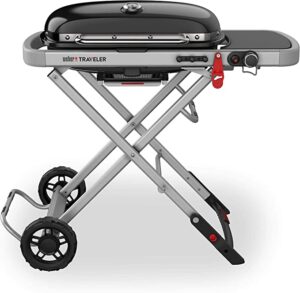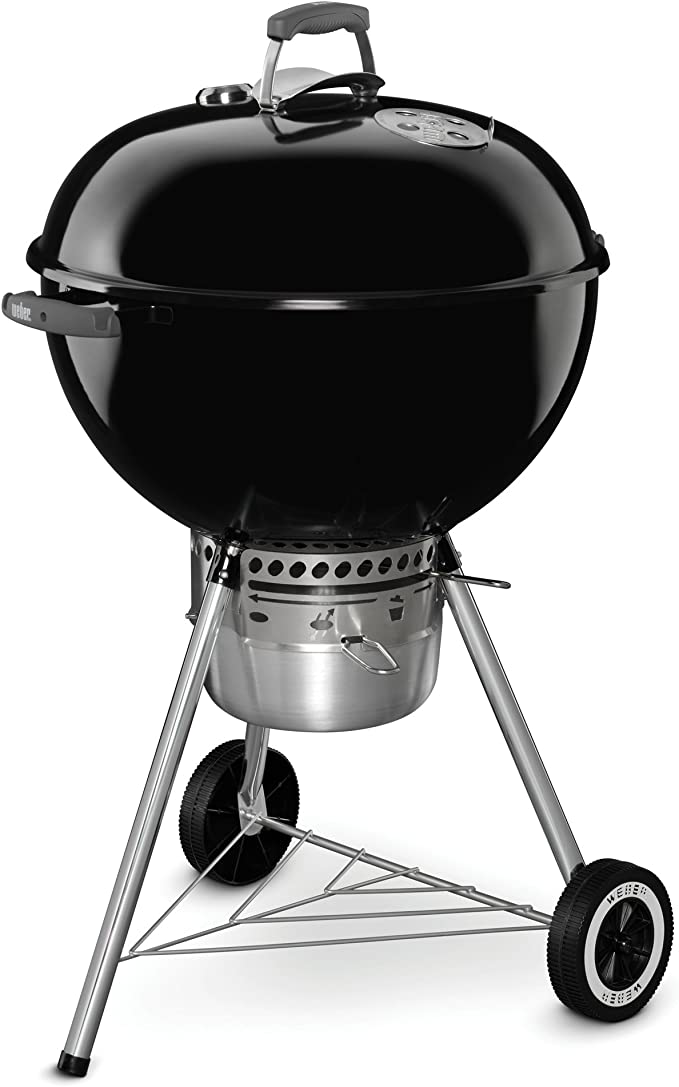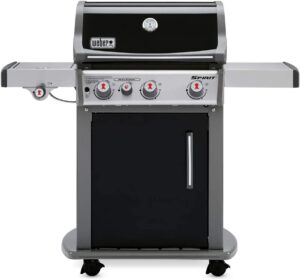Introduction
Grilling is more than just a method of cooking; it’s an art form that brings people together and creates unforgettable culinary experiences. There’s something incredibly satisfying about firing up the grill, savoring the aroma of smoky goodness, and achieving that perfect char on your favorite foods. In this article, we’ll explore the fundamentals of grilling and provide you with expert tips and techniques to help you become a grilling maestro.
The Basics of Grilling
Grills come in various shapes, sizes, and fuel options, but they all share a few essential components. The grates provide the cooking surface, while burners or heat sources generate the heat. Understanding the type of grill you have is crucial for achieving optimal results. The primary types of grills are charcoal, gas, and pellet grills. Charcoal grills offer the classic smoky flavor, gas grills provide convenience and control, and pellet grills offer a versatile wood-fired cooking experience. Familiarize yourself with your grill’s specific features and functionalities to unlock its full potential.
Components of a Grill
Grates: The cooking surface where food is placed and seared.
Burners: Generate heat in gas grills or provide indirect heat control.
Fuel Source: Charcoal briquettes, propane gas, or wood pellets.
Types of Grills
1. Charcoal Grills: Known for the classic smoky flavor and versatility. Ideal for traditionalists and those who appreciate the primal experience of grilling.
2. Gas Grills: Offer convenience, precise temperature control, and quick heat-up times. Perfect for those seeking ease of use without compromising flavor.
3. Pellet Grills: Combine the convenience of gas grills with the flavor of charcoal grills. These grills use wood pellets to impart smoky flavors and offer excellent temperature control.
Preparing for a Successful Grilling-Session
Before diving into the grilling process, it’s crucial to set the stage for success. Follow these preparatory steps to ensure a seamless and enjoyable grilling experience.
Start with a Clean Grill
Proper grill maintenance and cleaning are essential for optimal performance and longevity. Remove any leftover food debris, grease, or ash from previous grilling sessions. A clean grill not only enhances food flavors but also prevents flare-ups and ensures even heat distribution.
Gathering the Necessary Tools and Accessories
To streamline your grilling process, equip yourself with the right tools and accessories. Essential items include long-handled tongs, spatulas, grill brushes, meat thermometers, and heat-resistant gloves. Invest in high-quality tools to make grilling a breeze and ensure safety.
Preheating the Grill
Preheating the grill is a crucial step that should not be overlooked. It allows the grill to reach the desired temperature and ensures even cooking. Follow your grill’s specific instructions for preheating, typically aiming for a range of 350°F to 450°F (175°C to 230°C) for most grilling applications.
Tips and Techniques for Perfect Barbecue
Now that you’re ready to fire up the grill, let’s delve into some essential tips and techniques to elevate your grilling game.
Understanding Direct and Indirect Grilling Methods
Direct grilling involves placing food directly over the heat source, suitable for smaller cuts of meat or quick-cooking items. Indirect grilling involves creating heat zones, allowing for slower, more controlled cooking. This method is ideal for larger cuts of meat that require more time to reach the desired doneness.
Controlling the Temperature
Maintaining the right temperature is crucial for achieving perfectly cooked foods. Different foods require different heat levels. Learn to adjust the heat source or burner settings to achieve the desired temperature range for the specific food you’re grilling. Use a meat thermometer to ensure accurate doneness.
The Art of Searing
Searing is a technique that creates a beautiful caramelized crust on the surface of meats. To achieve a flavorful crust, preheat the grill to high heat and sear each side of the meat for a short period. This technique locks in juices and imparts a delicious smoky flavor.
Timing and Doneness
Timing and knowing when the food is properly cooked is key to achieving succulent results. Consult cooking charts or use a meat thermometer to determine the doneness of various meats, poultry, and seafood. Remember to let the food rest for a few minutes after grilling to allow the juices to redistribute.

Flavor Enhancements: Marinades, Rubs, and Smoke
One of the joys of grilling is the opportunity to enhance flavors through marinades, rubs, and wood smoke.
Marinades
Marinades are flavor-infusing mixtures that help tenderize and enhance the taste of grilled foods. They typically consist of acidic components (such as citrus juice or vinegar), oils, herbs, spices, and aromatics. Marinating times vary depending on the type of meat and desired flavors.
Rubs
Rubs are dry mixtures of herbs, spices, salt, and sugar that are applied directly to the surface of meats before grilling. They create a flavorful crust and can be customized to suit your taste preferences. Experiment with different rub combinations to elevate your grilled dishes.
Exploring the World of Wood Smoke
Wood chips or chunks are used to impart smoky flavors to grilled foods. Different woods offer distinct flavors, such as hickory for boldness, applewood for sweetness, or mesquite for a robust taste. Soak the wood chips before adding them to the grill to produce aromatic smoke.
Recipes for Grilling-Success
To inspire your grilling adventures, we’ve curated a selection of mouth-watering recipes that showcase various techniques and flavors. These recipes cover a range of options, including meats, poultry, seafood, and vegetarian dishes. Get ready to tantalize your taste buds and impress your guests with these delectable creations.
Grilling Safety Tips
While grilling is an enjoyable pastime, it’s crucial to prioritize safety to prevent accidents and ensure a worry-free experience.
Essential Safety Measures
– Keep a fire extinguisher nearby and familiarize yourself with its operation.
– Follow manufacturer guidelines for safe usage and maintenance of your grill.
– Ensure proper ventilation when grilling in enclosed spaces.
Handling Flammable Materials and Safe Practices
– Keep flammable materials, such as lighter fluid, away from the grill and open flames.
– Practice safe lighting techniques and avoid flare-ups.
– Never leave a lit grill unattended, especially when children or pets are present.
Fire Prevention
– Keep a safe distance between the grill and any flammable structures, overhanging branches, or materials.
– Clean grease traps and trays regularly to prevent grease fires.
– Extinguish coals or turn off gas burners properly after grilling.
Conclusion
Congratulations! You are now equipped with the knowledge and techniques to become a grilling-master. Embrace the art of grilling, experiment with flavors, and enjoy the satisfaction of achieving perfect barbecue. Whether it’s a casual backyard gathering or a special occasion, let the grill be your culinary canvas. So, fire up the grill, savor the experience, and indulge in the delicious flavors of outdoor cooking. Happy grilling!

